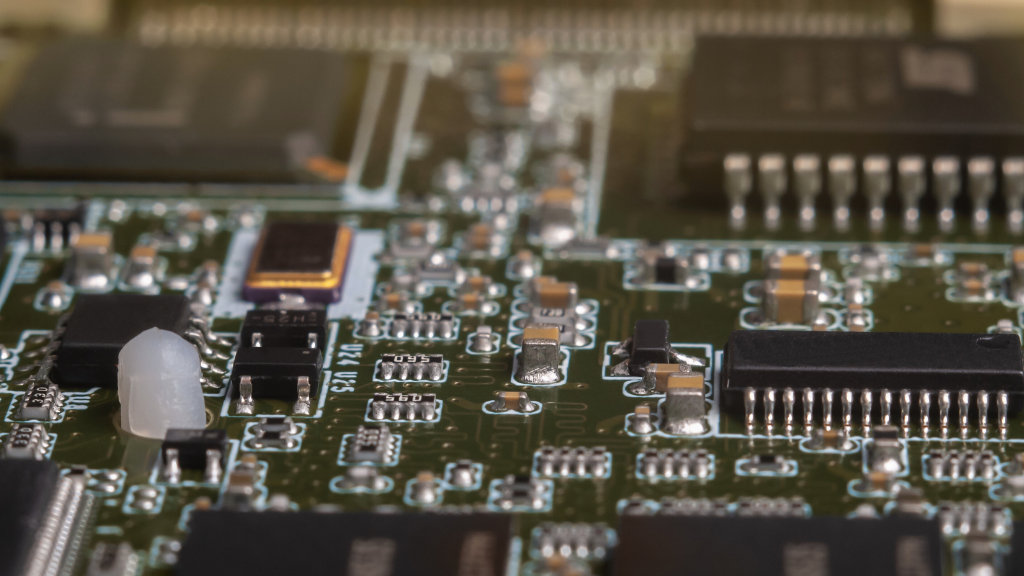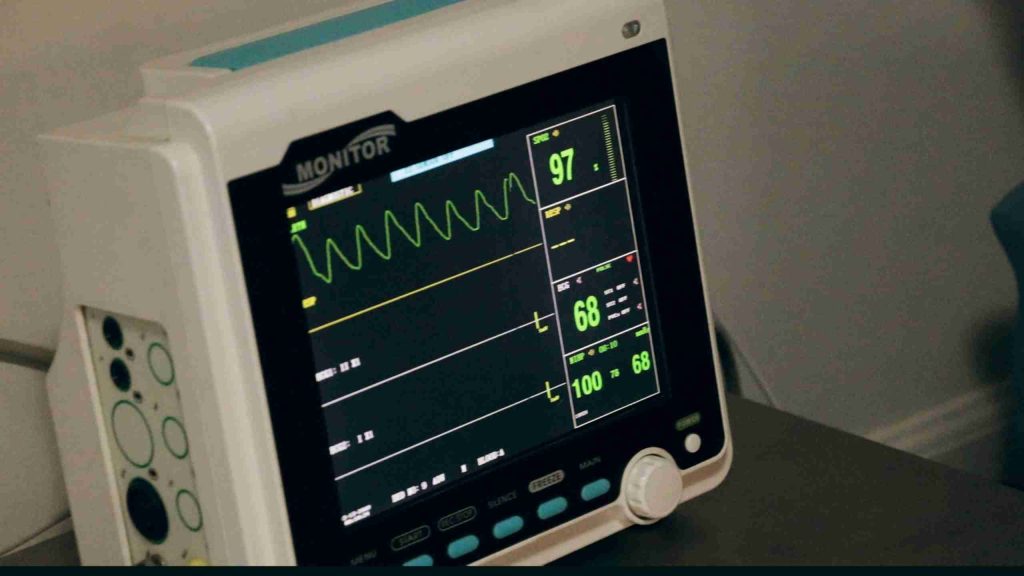Getting Continuous Integration (CI) right in embedded systems development is challenging. It’s a game-changer for meeting deadlines, but only if you nail the tech and the teamwork.
Building Your CI Foundation
Start by picking the right tools. Don’t just go for the shiniest features—think about how they’ll mesh with your current setup and whether they can handle embedded quirks. Your CI system needs to play nicely with your development environment and target hardware.
Key elements to consider:
- Separate build and test setups
- Version control that doesn’t lose its mind with binary files
- Deployment pipelines that know their way around a microcontroller
Don’t skimp on hardware-in-the-loop testing. Simulators are great, but they won’t catch everything. Real hardware in your CI pipeline spots issues you’d miss otherwise.

Firmware Architecture That Plays Well with CI
Modular firmware is your friend here. Break things up so you can test pieces independently. It’ll make your life easier when trying to figure out why that one sensor is acting up at 3 AM.
State machines are gold for managing complex behaviors in CI. They keep things predictable, precisely what you want when running automated tests.
Testing Strategies That Don’t Fall Apart
Balance is key in your test suite:
- Unit tests for the nitty-gritty details
- Integration tests to make sure subsystems play nicely together
- System tests that check if the whole shebang works
- Performance tests to catch resource hogs
Don’t wait until the end to check power consumption. Set up automated tests that track it throughout development. You’ll thank yourself later when you’re not scrambling to fix battery life issues right before launch.
Dodging CI Pitfalls
Test environment maintenance is a time-sink that catches teams off guard. Budget for it, or watch your delivery dates fly by.
Security often gets the short end of the stick in CI setups, which is a big mistake. Bake in security scans and have a game plan for when they flag issues.
Keeping the CI Ball Rolling
Schedules need wiggle room for tuning and debugging. Embedded systems can be finicky – plan for it. Regular check-ins on how CI is working keep the team engaged and help spot ways to improve. It’s not set-it-and-forget-it.
Think hard about whether to build expertise in-house or bring in ringers. Sometimes, the right partner can save you a world of hurt.
When to Call in the Cavalry
Building your own CI chops matters, but don’t be too proud to ask for help. Embedded systems consultants can jumpstart your CI game and help you dodge rookie mistakes. They’re especially handy when you’re new to CI or tackling a project where missing deadlines isn’t an option.
Stick to these guidelines, and you’ll set up a CI system that keeps your embedded products rolling out on time without sacrificing quality.
A Word on External Help
While we’re talking about expertise, consider tapping into third-party development resources. They can be a lifesaver when you’re in a pinch or need specialized knowledge to get over a hump. Ensure you pick a partner that “gets” embedded systems and can mesh with your team’s workflow.
In the end, a well-implemented CI system isn’t just about code quality—it’s about giving your team the gift of time, the most precious resource in embedded development.





